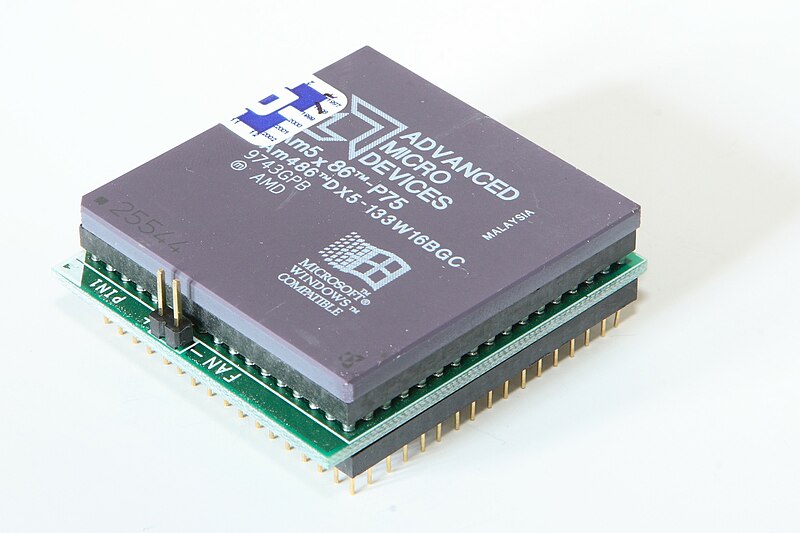I think what Charlie has caught wind of and is overexaggerating on is the embedded CPU options that Intel offers. It's been knowledge to all of us that Haswell will be LGA1150, and no doubts by me that there will be embedded options for Haswell just like pretty much every Intel CPU iteration.
I think this is much more likely than them only offering BGA processors.
![[H]ard|Forum](/styles/hardforum/xenforo/logo_dark.png)

